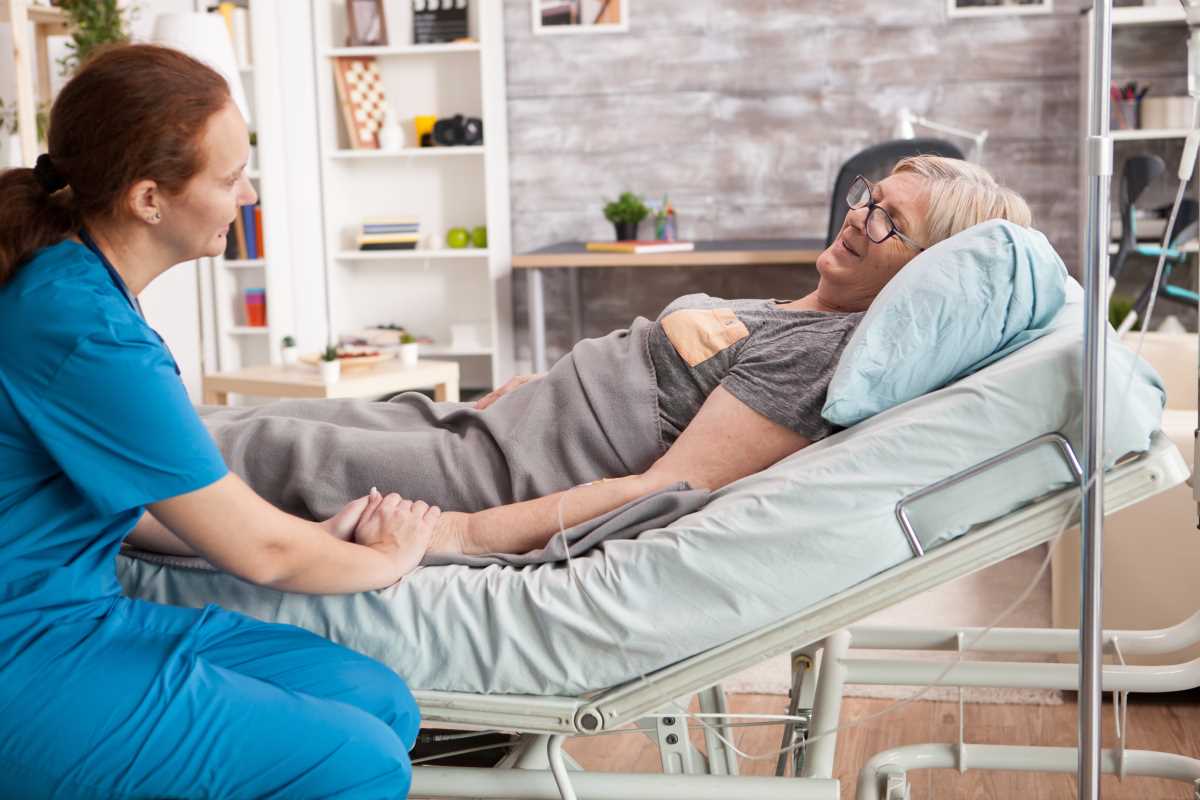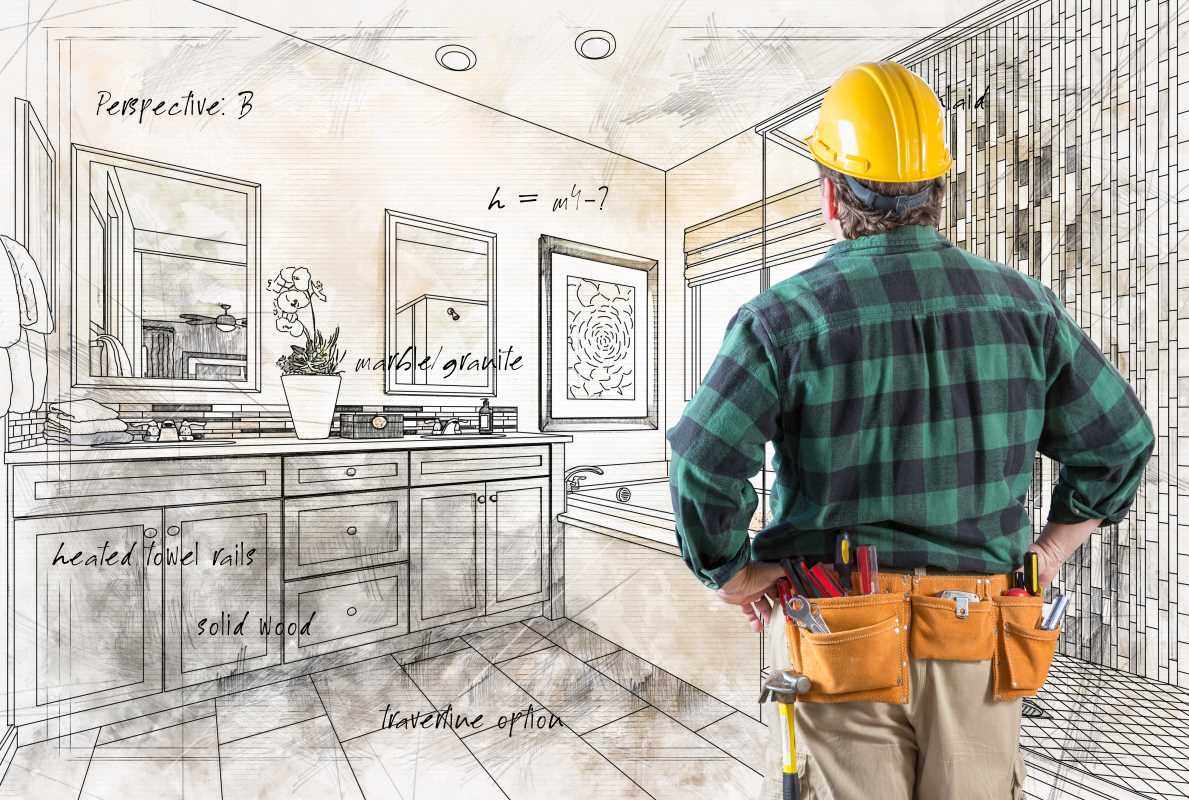Inviting care professionals into your home can be a significant change for any household. These professionals, whether they’re nurses, physical therapists, or aides, are there to provide support, but preparing your space is essential to ensure the care process runs smoothly. A well-prepared living space can make their job easier, enhance your comfort, and create a welcoming atmosphere for everyone involved.
If you’re wondering where to start, don’t worry; you’re not alone. From clear communication to creating an accessible and organized environment, here are practical tips to get your home ready for visiting care professionals.
Taking a little extra time to prep your space does more than just make visits more efficient. It shows respect for the care professional’s time and effort while also ensuring the care they provide is top-notch. Being prepared can reduce stress for you, your family, and the professional, allowing everyone to focus on what really matters: health and well-being.
Small changes can have a big impact. Whether this is your first time working with a care professional or a regular arrangement, creating a friendly and organized space sets the tone for a positive partnership.
Organize Your Living Space
One of the most important elements of preparing your home is organization. Care professionals often need specific tools, documents, or access to certain spaces to do their jobs effectively.
Designate a Care Area
Choose a specific spot in your home where most care activities will take place. This could be a bedroom, living room, or dedicated therapy room, depending on what’s needed. Keeping everything in one central space reduces the time spent searching for supplies and makes the care process more streamlined.
Keep Essentials Neatly Arranged
Think about the tools or items the care professional will need. These might include medical supplies, medications, hygiene products, or therapy equipment. Place these items close to the care area and in labeled bins or drawers if possible. This way, they’re easy to find when needed.
For example:
- Keep medical documentation in a labeled folder near the care area.
- Store extra gloves, wipes, and other disposable items in a cabinet or basket.
- Place mobility aids, like walkers or transfer boards, in an accessible spot close to the patient’s bed or chair.
Minimize Clutter
Clutter not only makes it harder to find what you need, but it can also create safety hazards, especially if the care professional is helping someone with mobility challenges. Declutter floors, countertops, and seating areas to allow for easy movement.
Focus on Accessibility
Making your home accessible ensures that the care professional can work effectively and the patient receives the best care possible.
Clear Pathways
Walk through your home and identify any obstacles that could make it difficult to move around. This is especially important if wheelchair use or medical equipment is involved. Remove items like:
- Loose rugs that could cause tripping.
- Narrow furniture that obstructs pathways.
- Cords or wires lying across the floor.
Ensure there is enough space for medical equipment, such as hospital beds or portable oxygen tanks. Typically, you’ll want at least 36 inches of clearance in pathways and doorways.
Adapt the Bathroom
Bathrooms can be one of the trickiest areas to access, especially if the care professional will assist with grooming or hygiene. Consider small adjustments like:
- Adding grab bars near the toilet and in the shower.
- Using a shower chair or bench for safer bathing.
- Keeping toiletries easily reachable in caddies or shelves at wheelchair height.
Arrange Furniture Thoughtfully
If care professionals will need to help someone transfer between chairs, beds, or wheelchairs, make sure the furniture is positioned to allow for smooth, easy transfers. For example, leave ample space around the bed on at least one side.
Communicate Effectively
Good communication sets the stage for a positive relationship between your family and the care provider.
Provide Clear Instructions
Every household has its own routines, preferences, and requirements. Help the care professional understand how your household operates by providing clear, written instructions about daily routines, medication schedules, or specific care preferences.
For example:
- “John prefers to use the blue transfer board because it’s more stable.”
- “The spare key is in the green container by the front door in case of emergencies.”
Share Emergency Contacts
Ensure the care professional has a list of emergency phone numbers, including family members, the primary doctor, and any specialists. Place this list somewhere prominent, like on the fridge or next to the care station.
Ask and Answer Questions
If this is the care professional’s first visit, invite them to ask questions about the layout of your home, any specific equipment they might need, or the care schedule. Likewise, don’t hesitate to ask questions about how you can best support them during their visit. Open communication ensures clarity and prevents misunderstandings.
Create a Welcoming Atmosphere
Making care professionals feel welcome goes a long way in building a positive, long-term relationship.
Prepare a Comfortable Work Environment
Even though visiting care professionals are there to focus on their work, creating a comfortable environment makes their job easier. Provide a clean, quiet, and distraction-free workspace. If the care sessions last several hours, offer them a place to sit, access to water, or even a space to take a break.
Be Friendly and Open
Treat care professionals as part of the team. Greet them warmly, introduce them to anyone else in the household, and make them feel comfortable. These small gestures help build a collaborative and trusting relationship.
Understand Boundaries
While it’s important to make care professionals feel welcome, it’s also essential to respect professional boundaries and their time. Avoid asking them to perform tasks outside their scope of work or engaging in lengthy non-care-related conversations during their visit.
Be Flexible and Open to Changes
Every visit may not go exactly as planned, and care needs can evolve over time. Being flexible helps the care professional adapt to new challenges and provide the best help possible.
Adjust as Needed
After the first few visits, you may realize certain parts of the home layout or organization don’t work as smoothly as you thought. Be willing to move furniture, reorganize supplies, or make other changes to improve the workflow.
Consider Feedback
Ask the care professional if there’s anything you can do to make the space or routine more efficient. They might suggest small adjustments that make a big difference, like repositioning a chair or adding a shelf for supplies.
 (Image via
(Image via





